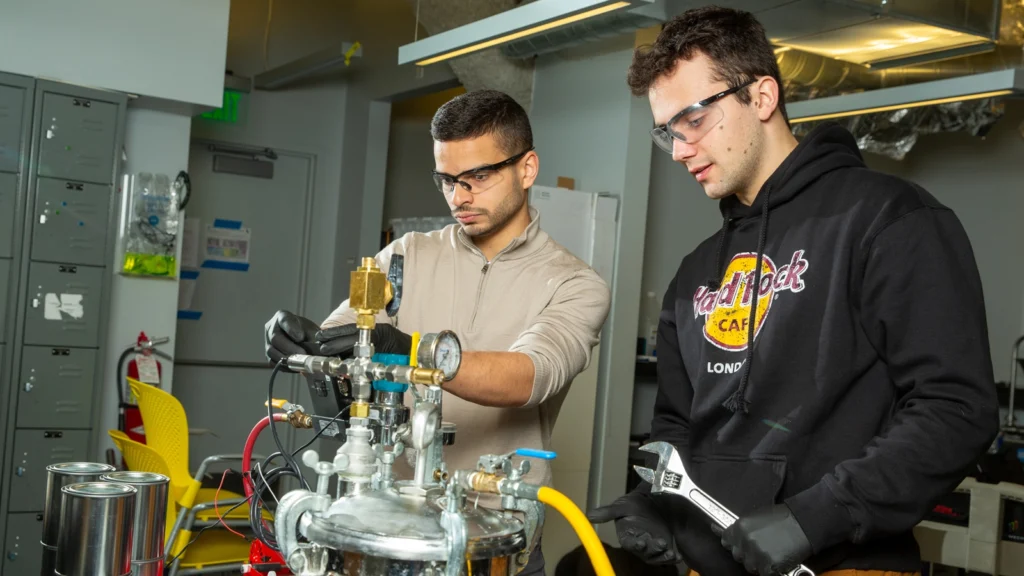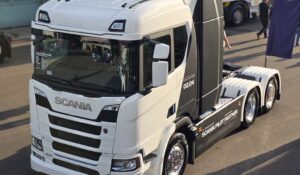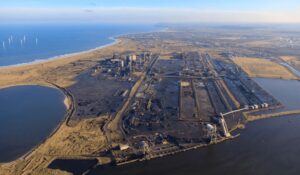DIY hydrogen: MIT boffins create fuel from pop cans, seawater and coffee

We all like a can of pop, a cup of coffee and a dip in the sea from time to time. But what if you could turn all those things into gas that’ll power your car?
Sounds bonkers, right? But, MIT engineers have made it a reality.
The boffins at the Massachusetts Institute of Technology have devised a method to produce hydrogen fuel from aluminium, seawater, and, surprisingly, coffee grounds.
The process starts with aluminium, easily sourced from old pop cans. The aluminium is treated with a gallium-indium alloy to remove its oxide layer, making it reactive with seawater.
When combined, the aluminium and seawater produce hydrogen gas.
But interestingly, when you then add coffee grounds, specifically the imidazole compound found in caffeine, this significantly speeds up the reaction.
What usually takes two hours now takes just five minutes. A bit like my morning content after an espresso.
Practical applications
This is bigger than just a lab experiment – the team envisions using this hydrogen production method in marine and underwater vehicles.
The set-up would include aluminium pellets, seawater and a pinch of caffeine to generate hydrogen on demand.
This eliminates the need for bulky hydrogen tanks, making it safer and more practical for long-term use.
The big picture
This innovative approach aligns perfectly with global sustainability goals.
By repurposing everyday materials and using seawater, the method offers a low-cost, environmentally friendly way to generate hydrogen.
It’s a small step towards a big goal: reducing our reliance on fossil fuels.
The team at MIT is exploring how this technology could be adapted for other applications, such as trucks, trains, and maybe even airplanes.
The potential is quite large, and this is just the beginning.
You’d better start stockpiling your old recycling – could be sitting on a fortune.










